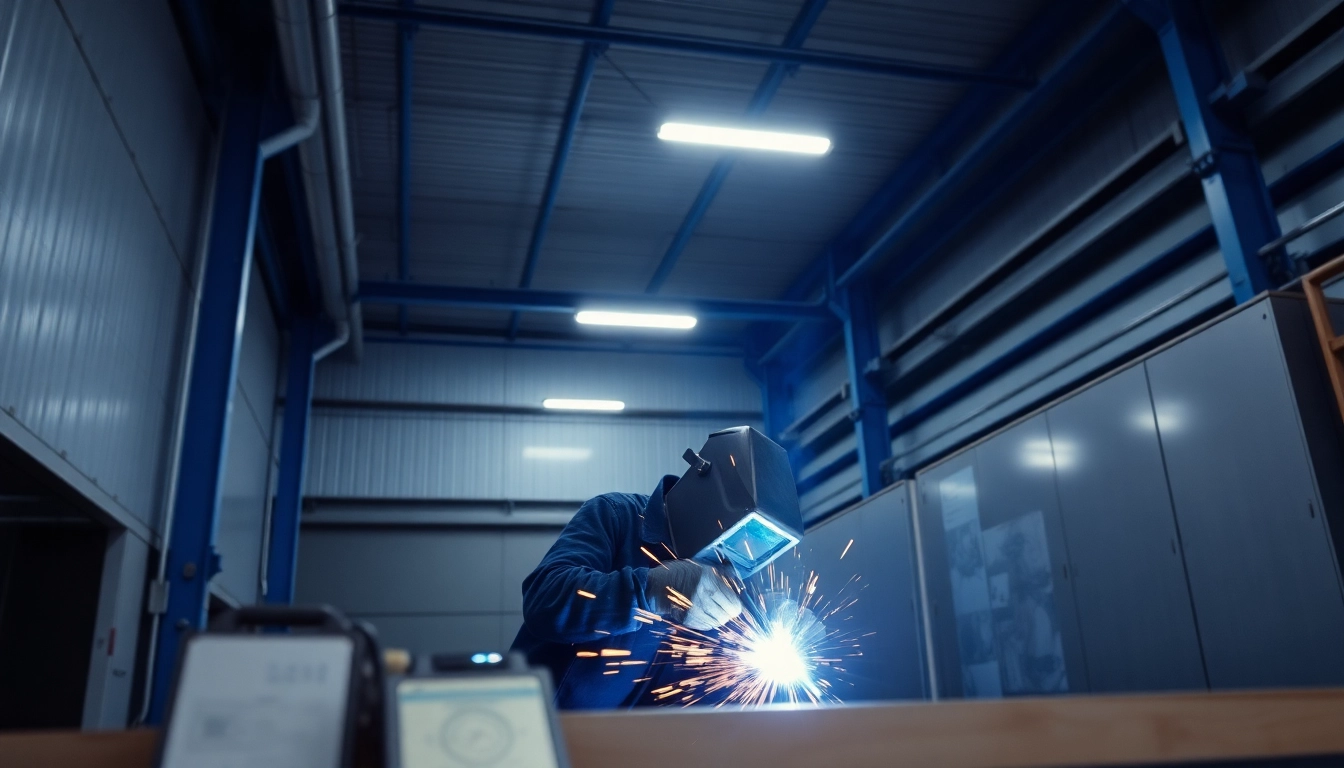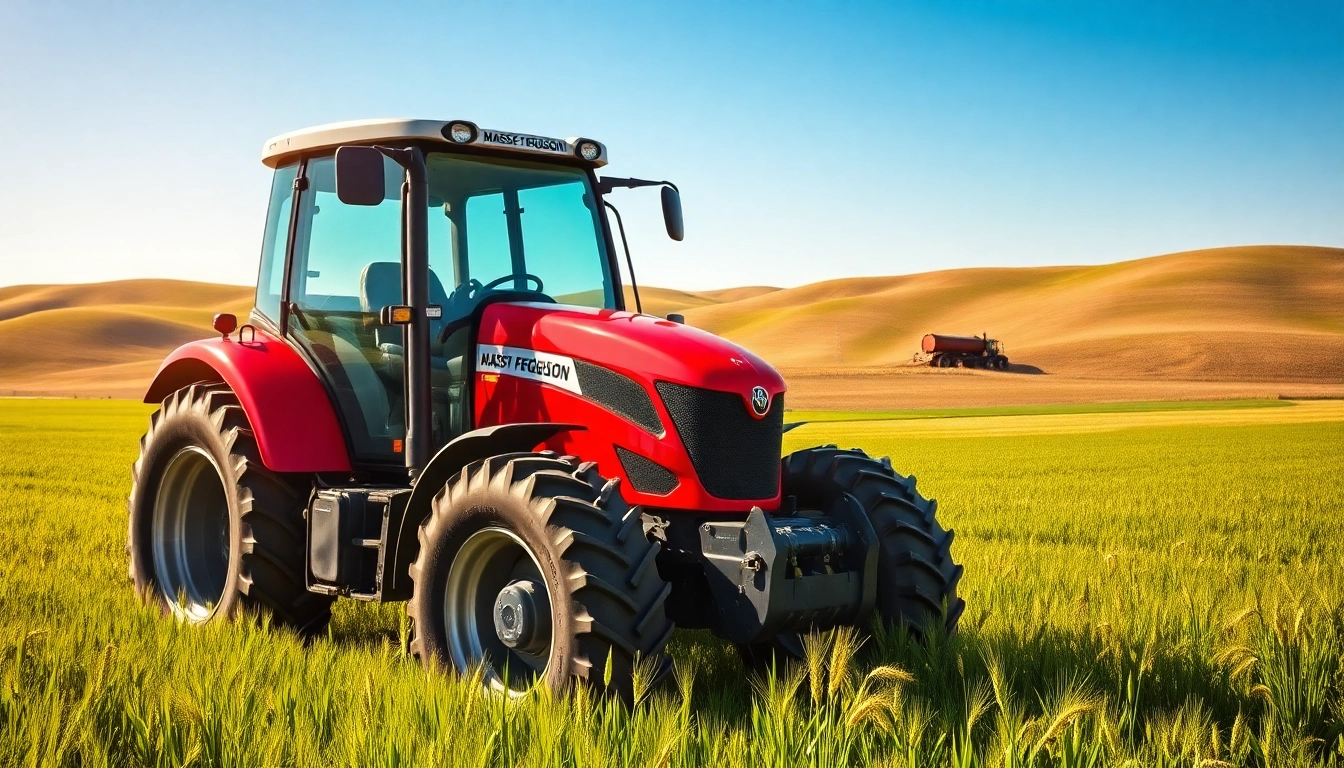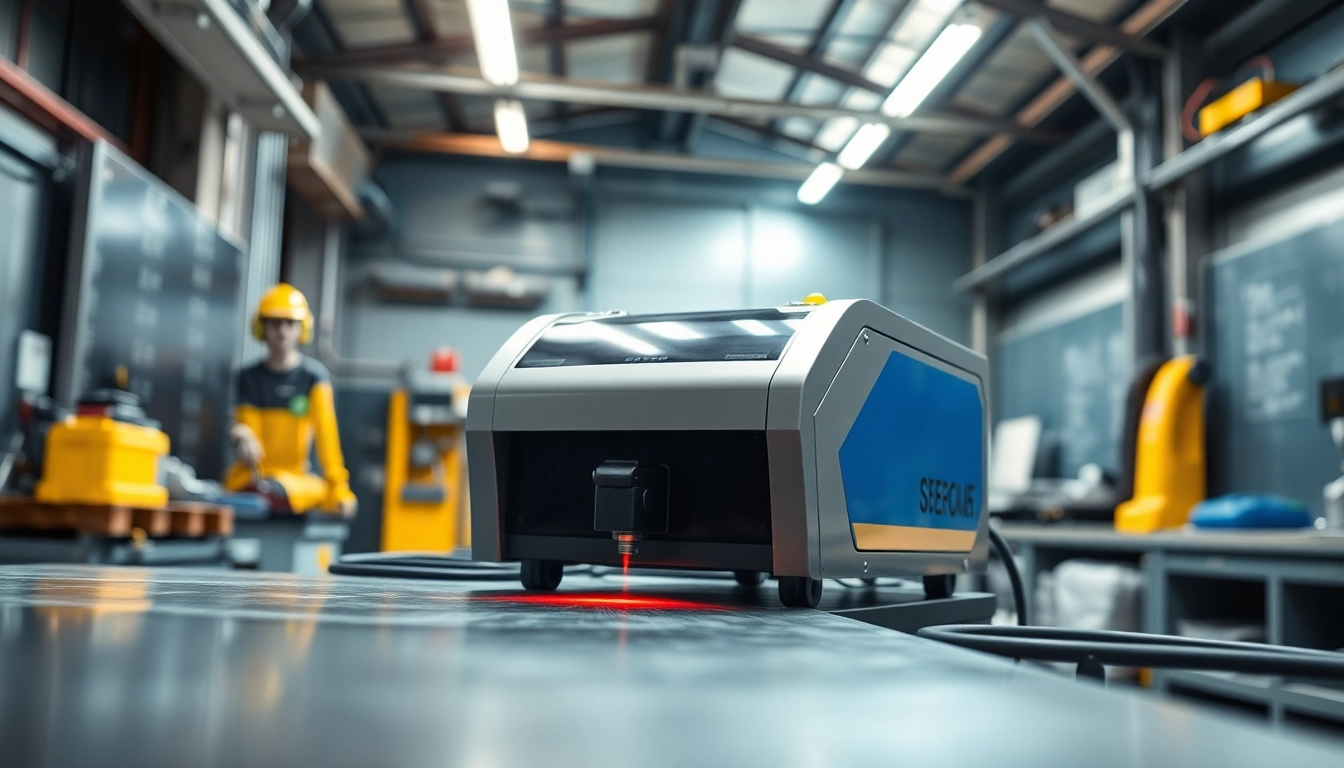Understanding Precision Die Cutting
Precision die cutting is a critical manufacturing process employed in various industries to produce high-quality, intricate shapes from sheets or rolls of material. This technique allows companies to create custom parts efficiently and accurately, meeting specific design requirements. It stands out as a preferred choice for its ability to deliver consistent results with minimal waste, which is vital in today’s resource-conscious manufacturing landscape. Understanding the nuances of precision die cutting can significantly impact production capabilities and outcomes.
What is Precision Die Cutting?
Precision die cutting refers to the process of using sharp steel rules or rotary dies to create defined shapes from various materials, including paper, cardstock, plastic, foam, and metal foil. This method often utilizes high-pressure cutting machines that can produce intricate designs and shapes with exceptional precision. The end result is a die-cut part that is ready for immediate use or further processing.
Benefits of Precision Die Cutting in Manufacturing
The precision die cutting process offers numerous advantages that make it attractive for manufacturers. Here are some key benefits:
- High Efficiency: Once the dies are created, large volumes of parts can be cut rapidly.
- Customization: Manufacturers can create unique designs tailored to specific application needs.
- Consistent Quality: Digital technologies integrated with die cutting processes ensure uniformity and high-quality production.
- Cost-Effective for Bulk Production: The initial die cost can be offset by the large number of parts produced, making it economical in high-volume situations.
- Minimal Waste: Precision die cutting often results in less waste compared to other cutting methods, contributing to cost savings and sustainability.
Common Applications for Precision Die Cutting
Precision die cutting is widely used across various industries due to its versatility. Common applications include:
- Packaging: Custom-sized boxes and inserts for product protection.
- Automotive: Gaskets, seals, and interior cutouts.
- Medical Device Manufacturing: Components such as labels, shields, and protective casings.
- Electronics: Insulating materials and custom cut components for devices.
- Advertising and Marketing: Custom shapes for promotional items like stickers, decals, and packaging prototypes.
The Precision Die Cutting Process Explained
Steps Involved in Precision Die Cutting
The precision die cutting process generally follows several key steps:
- Design Stage: Utilize CAD software to create a detailed die design that specifies dimensions and shape.
- Die Creation: Manufacture the steel rule or rotary die based on the design requirements.
- Material Setup: Position the chosen material onto the die cutting machine, ensuring proper alignment.
- Cutting: Activate the machine to apply pressure and cut the materials according to the die design.
- Quality Inspection: Evaluate the cut parts for any defects or inconsistencies before proceeding to production.
- Post-Cutting Processes: Parts can be processed further through additional operations such as folding, gluing, or packaging.
Materials Used in Precision Die Cutting
Numerous materials can be utilized in the precision die cutting process, depending on the application. Below are some commonly used materials:
- Papers and Cardboards: Ideal for packaging and printing applications.
- Foam: Often used for protective cases and cushioning.
- Plastics: Common in electronics and packaging for durability.
- Metals: Utilized in automotive and industrial applications for parts requiring strength.
Maintaining Precision in Production
To uphold precision in the die cutting process, manufacturers must adopt certain best practices:
- Regular Machine Calibration: Ensuring the cutting machines are calibrated accurately to avoid deviations in size and shape.
- Quality Raw Materials: Sourcing high-quality materials that are consistently uniform helps minimize production errors.
- Routine Inspections: Regularly checking die equipment for wear and tear prevents inconsistencies.
- Data-Driven Improvements: Utilizing data analytics to monitor production metrics and identify areas for improvement enhances quality control.
Comparing Die Cutting Techniques
Flatbed vs. Rotary Die Cutting
The two primary methods of die cutting are flatbed and rotary die cutting. Understanding their differences is vital for manufacturers:
Flatbed Die Cutting
Flatbed die cutting involves a hydraulic press that pushes down a flat die onto the material, allowing cut shapes to emerge. This method is preferable for thicker materials and can handle smaller production runs effectively. However, it may require more setup time and can be limited by the size of the cutting area.
Rotary Die Cutting
Conversely, rotary die cutting features a cylindrical die that continuously cuts the material as it passes through the machine. This technique is faster, ideal for high-volume production, and can create intricate designs without additional setup time. However, it may not be suitable for thicker materials.
Laser Die Cutting vs. Traditional Methods
Laser die cutting is an emerging technology that uses focused laser beams to cut materials, providing several advantages over traditional methods. It offers:
- Greater Precision: Laser cutting can achieve extremely fine detail, which is difficult with physical dies.
- No Tool Wear: Unlike steel dies, lasers do not wear out, minimizing replacement costs.
- Flexibility: Ideal for both short runs and prototypes, eliminating the need for die manufacturing.
Choosing the Right Technique for Your Needs
The decision on which die cutting technique to utilize depends on multiple factors, such as volume, material type, budget, and design complexity. Businesses must assess their specific needs, production capacity, and cost constraints when selecting between methods. Consulting with experienced professionals can offer valuable insights into the best approach.
Cost Considerations for Precision Die Cutting
Understanding Material Costs and Their Impact
Material selection significantly influences the overall cost of precision die cutting. Thicker and more exotic materials typically incur higher costs due to additional processing requirements and wear on the cutting equipment. Conversely, utilizing standard materials often leads to reduced expenses, highlighting the importance of aligning material choices with budgetary constraints while maintaining quality.
Pricing Models in Precision Die Cutting Services
Different pricing models may be adopted by die cutting service providers. Some common structures include:
- Per Part Pricing: Charges are based on the number of parts produced, allowing for straightforward budgeting.
- Flat Rate Costs: This model incorporates setup fees and material costs into a single price for larger production runs.
- Quotes Based on Complexity: Providers may evaluate the complexity of the design and customize pricing accordingly.
Maximizing ROI through Efficient Processes
Ensuring cost-effectiveness in die cutting involves optimizing production processes. Techniques for maximizing ROI include:
- Implementing Lean Manufacturing: Streamlining operations can reduce waste and improve efficiency.
- Investing in Technology: Upgrading to advanced machinery or automation can lower labor costs and increase output.
- Engaging in Continuous Improvement: Regular evaluation of processes encourages innovation and efficiency improvements.
Future Trends in Precision Die Cutting
Innovations in Die Cutting Technology
The die cutting industry is continuously evolving, embracing the latest technology trends. Innovations include:
- Integration of AI: AI-driven analytics for predictive maintenance and quality control.
- Advanced Materials: Development of new materials that are easier to die-cut and more sustainable.
- Expanded Automation: Increased automation in die-cutting offers significant time savings and operational efficiency.
Environmental Impacts and Sustainable Practices
As awareness of environmental concerns grows, the die cutting industry has been increasingly adopting sustainable practices. These practices include:
- Material Sourcing: Emphasizing recyclable or biodegradable materials to reduce environmental impact.
- Waste Reduction: Implementing strategies that minimize offcuts and maximize material usage.
- Energy Efficiency: Investing in energy-efficient machinery to lower carbon footprints during production.
Anticipating Market Changes in Precision Die Cutting
Market dynamics are constantly shifting, influenced by technological advancements, consumer preferences, and regulatory changes. Companies involved in precision die cutting must stay informed and adaptable, ready to respond to emerging trends and demands. Understanding the competitive landscape, customer feedback, and evolving technologies will enhance their ability to remain relevant in the marketplace.


